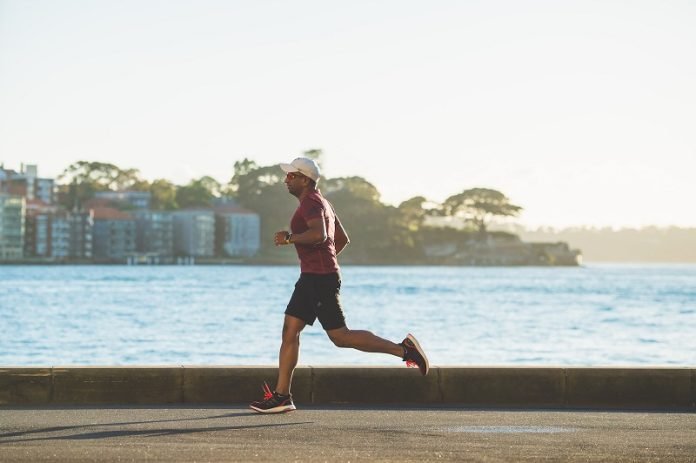
A recent study conducted by scientists at the University of Western Australia found that morning exercise can reduce systolic blood pressure in sedentary overweight older adults.
Additionally, the researchers discovered that there were additional benefits when the exercise was combined with regular breaks in sitting.
Blood pressure is the measure of the force of blood pushing against the walls of arteries as the heart pumps blood.
When a healthcare professional measures your blood pressure, they use a blood pressure cuff that gradually tightens around your arm.
The results of the test are given in two numbers: systolic blood pressure and diastolic blood pressure.
The systolic blood pressure is the first number, and it is the pressure that results from your heart contracting and pushing out blood.
The diastolic blood pressure is the second number and is the pressure when your heart relaxes and fills with blood.
In this study, the researchers examined whether combining exercise with subsequent breaks in a sitting could lower blood pressure in sedentary older adults.
The study involved 67 sedentary older adults who completed three different conditions in random order.
The first condition was uninterrupted sitting for eight hours. The second condition was a 30-minute moderate-intensity walk followed by sitting.
The third condition was a 30-minute moderate-intensity walk followed by sitting interrupted by light-intensity walking breaks.
The researchers found that compared to sitting, the eight-hour average systolic and diastolic blood pressure was lower in both the exercise + sitting and exercise + breaks conditions.
Furthermore, relative to the exercise + sitting condition, there was an additional reduction in average systolic blood pressure of -1.7 mm Hg in the exercise + breaks condition.
This reduction was mainly seen in women (-3.2 mm Hg).
In addition to the lower blood pressure levels, the researchers observed a decrease in average epinephrine in women in both the exercise + sitting and exercise + breaks conditions.
However, an increase in average epinephrine was seen in men.
This line of evidence may inform clinical and public health discussions around tailored strategies to optimize blood pressure targets in older adults with an increased risk of heart disease.
There are many ways to control high blood pressure, including:
Lifestyle changes: Making healthy lifestyle changes is a critical step in controlling high blood pressure. This includes eating a healthy diet, reducing salt intake, exercising regularly, losing weight if needed, and quitting smoking.
Medications: There are various medications available to treat high blood pressure, including diuretics, beta-blockers, ACE inhibitors, calcium channel blockers, and others.
These medications help lower blood pressure by different mechanisms and can be used alone or in combination.
Stress management: High levels of stress can contribute to high blood pressure, so managing stress through relaxation techniques, meditation, yoga, or other stress-reducing activities can help control blood pressure.
Monitoring blood pressure: Regularly monitoring blood pressure at home can help people with high blood pressure keep track of their readings and adjust their treatment as needed.
It is essential to work with a healthcare provider to determine the best course of treatment for high blood pressure as it can be a serious condition that can lead to heart attack, stroke, and other health problems if left untreated.
The study was published in the journal Hypertension and conducted by Michael J. Wheeler and his team at the University of Western Australia.
If you care about blood pressure, please read studies about cannabis linked to blood pressure reduction in older people, and this common plant nutrient could help reduce high blood pressure.
For more information about blood pressure, please see recent studies that Beetroot juice could help lower high blood pressure, and results showing vitamin D could improve blood pressure in people with diabetes.
Copyright © 2023 Knowridge Science Report. All rights reserved.



